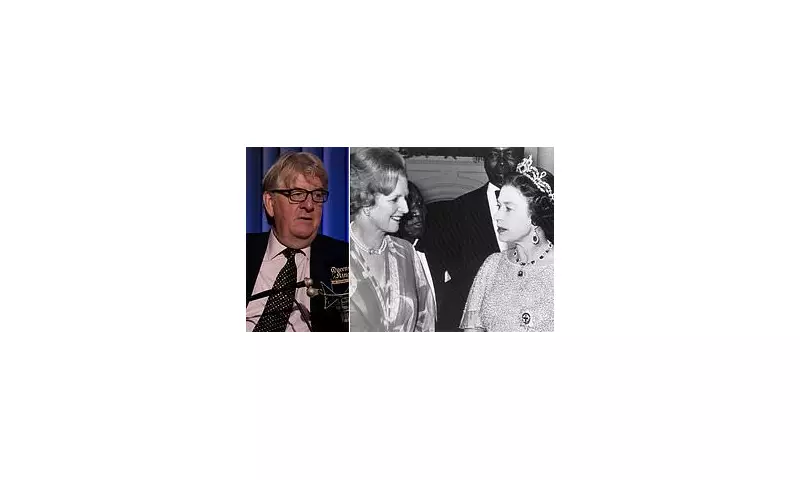
Buckingham Palace corridors have long whispered about the frosty relationship between two of Britain's most powerful women, but newly surfaced details from a 1986 diplomatic dinner reveal just how deep the divide ran between Queen Elizabeth II and Prime Minister Margaret Thatcher.
The Diplomatic Dinner That Shook the Establishment
According to explosive accounts from palace insiders, Her Majesty took the extraordinary step of breaking centuries-old royal protocol to avoid sitting beside the Iron Lady during a high-profile event for Commonwealth leaders. The monarch allegedly instructed her private secretary to rearrange the seating plan, ensuring she wouldn't be positioned next to her Prime Minister throughout the evening.
A Relationship Fraught with Tension
The relationship between the Queen and Mrs Thatcher was famously strained, with sources suggesting fundamental differences in personality and politics created an unbridgeable gap. While the monarch maintained her constitutional duty of weekly meetings with the Prime Minister, behind the scenes, the atmosphere was reportedly glacial.
Courtiers from the era describe how the Queen found Thatcher's manner "brusque and uncompromising", while the Prime Minister apparently struggled with the subtle nuances of royal etiquette. The 1986 dinner incident represents one of the most dramatic manifestations of this underlying friction that characterised their thirteen years of overlapping leadership.
Breaking Tradition: The Protocol Breach
Royal protocol traditionally dictated that the Queen would be seated beside the serving Prime Minister during such significant state occasions. The monarch's decision to deliberately circumvent this convention sent shockwaves through palace circles and represented an unprecedented departure from established norms.
One senior courtier from the period noted: "This was not merely a social slight; it was a constitutional eyebrow-raiser. For the Queen to consciously avoid proximity to her Prime Minister at an international event spoke volumes about the depth of their personal discord."
The Legacy of an Icy Relationship
The revelations shed new light on one of the most fascinating political relationships of twentieth-century Britain. Despite public displays of unity and mutual respect, the private reality appears to have been markedly different, with both women maintaining a professional distance that occasionally boiled over into open friction.
This incident joins other well-documented moments of tension, including disagreements over South African sanctions and differing approaches to Commonwealth relations. The 1986 dinner protocol breach stands as a testament to how personal chemistry—or lack thereof—can influence even the most established constitutional relationships.
As historians continue to reassess both women's legacies, this episode serves as a compelling reminder that behind the pomp and ceremony of state affairs, human relationships—and sometimes, human friction—remain at the heart of British political life.





